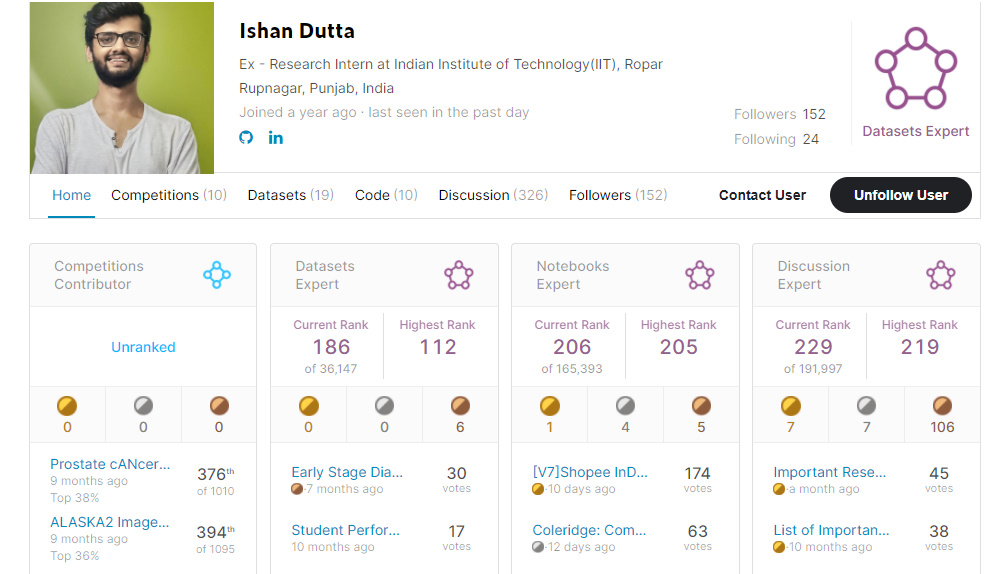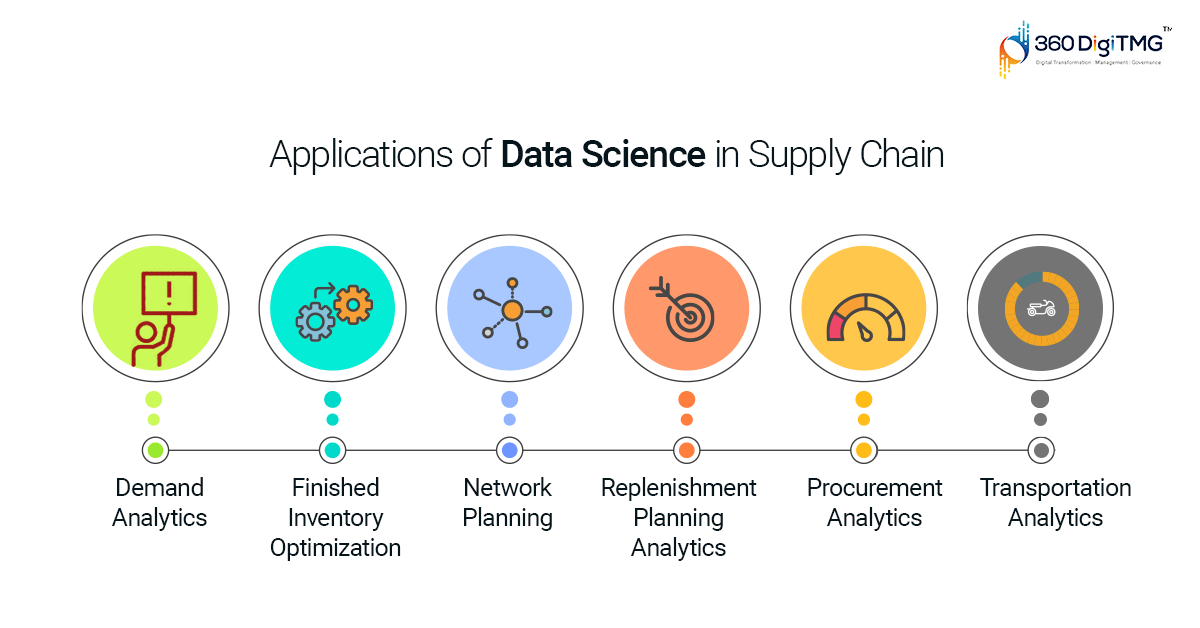Introduction
In the dynamic field of data science, having a strong portfolio is essential for showcasing your skills and standing out to potential employers. Whether you’re a seasoned data scientist or just starting on your data science journey, a well-structured portfolio can be a game-changer. In this guide, we will walk you through the process of building an impressive data science portfolio that will help you land your dream job or freelance projects.
Why Do You Need a Data Science Portfolio?
Before we delve into the “how,” let’s first understand the “why” behind having a data science portfolio.
Demonstrate Your Skills: Your portfolio is a tangible representation of your abilities. It allows you to showcase your data analysis, machine learning, and data visualization skills in real-world scenarios.
Highlight Your Accomplishments: Through your portfolio, you can spotlight the projects you’ve worked on and the problems you’ve solved. This serves as evidence of your contributions and achievements.
Attract Potential Employers or Clients: A well-curated portfolio can grab the attention of hiring managers, recruiters, or potential clients. It’s often the first thing they’ll look at to gauge your suitability for a role or project.
Continuous Learning: Building and maintaining a portfolio keeps you engaged and motivated. It encourages you to learn new techniques, tools, and technologies as you work on different projects.
Now that we understand the importance of having a data science portfolio, let’s dive into the steps to create one that will make a lasting impression.
Step 1: Select Your Niche and Interests
The first step in building your data science portfolio is to identify your niche and areas of interest. Data science is a vast field with numerous sub-disciplines, including:
Machine Learning
Data Analysis
Natural Language Processing (NLP)
Computer Vision
Big Data
Time Series Analysis
Deep Learning
Data Visualization
Choose one or more areas that genuinely intrigue you, as this will help you stay motivated throughout the portfolio-building process.
Step 2: Acquire the Necessary Skills
Once you’ve identified your niche, it’s time to acquire the skills required to excel in that area. This might involve taking online courses, attending workshops, or pursuing a degree in data science or a related field. Some popular online learning platforms for data science include Coursera, edX, and Udacity.
Additionally, you’ll need to become proficient in programming languages like Python or R, as they are the backbone of most data science projects. Familiarize yourself with relevant libraries and tools such as TensorFlow, PyTorch, Pandas, and scikit-learn.
Step 3: Work on Real Projects
The core of any data science portfolio is the projects you undertake. These projects should reflect your skills, interests, and the specific niche you’ve chosen. Start with smaller projects and gradually work your way up to more complex ones.
Here are some project ideas to consider:
Predictive Modeling: Create a machine learning model to predict something relevant to your chosen niche. For example, build a recommendation system for e-commerce, a stock price prediction model, or a sentiment analysis tool for social media data.
Data Analysis: Conduct an in-depth analysis of a dataset. Visualize your findings using tools like Matplotlib, Seaborn, or Tableau. Write a detailed report outlining your insights and conclusions.
Natural Language Processing: Develop a text classification or sentiment analysis model using NLP techniques. This could involve sentiment analysis of product reviews, spam email detection, or topic modeling for news articles.
Computer Vision: If you’re interested in computer vision, create an image classification or object detection model. You could work on projects like identifying plant diseases from images or building a facial recognition system.
Step 4: Document Your Projects
Proper documentation is crucial for your portfolio. For each project you complete, create a detailed write-up that includes:
A clear project title and brief description.
The problem statement or goal of the project.
The dataset(s) used and their sources.
Your approach and methodology.
Code snippets or links to the GitHub repository.
Visualizations and results.
Challenges faced and how you overcame them.
Lessons learned and future improvements.
Step 5: Create an Online Portfolio Website
To showcase your projects effectively, you should create a personal website. This serves as a central hub where potential employers or clients can explore your work. You don’t need to be a web development expert to create a simple, professional website. Platforms like GitHub Pages, WordPress, and Wix offer user-friendly templates for building personal websites.
Your website should include:
An “About Me” section with your background and interests.
A portfolio page where you showcase your projects with descriptions and links.
A blog section where you can write about data science topics, share your insights, and demonstrate your expertise.
Contact information or a contact form for inquiries.
Step 6: Keep Learning and Updating
Data science is a rapidly evolving field, and it’s essential to stay up-to-date with the latest developments. Continue learning, exploring new technologies, and adding new projects to your portfolio. Regular updates show potential employers or clients that you are committed to your craft and eager to grow.
Conclusion
Building a data science portfolio is a crucial step in establishing your career in this exciting field. It’s not only a platform to showcase your skills but also a tool for personal growth and learning. By following the steps outlined in this guide, you can create an impressive portfolio that sets you apart and opens doors to exciting opportunities in the world of data science.





